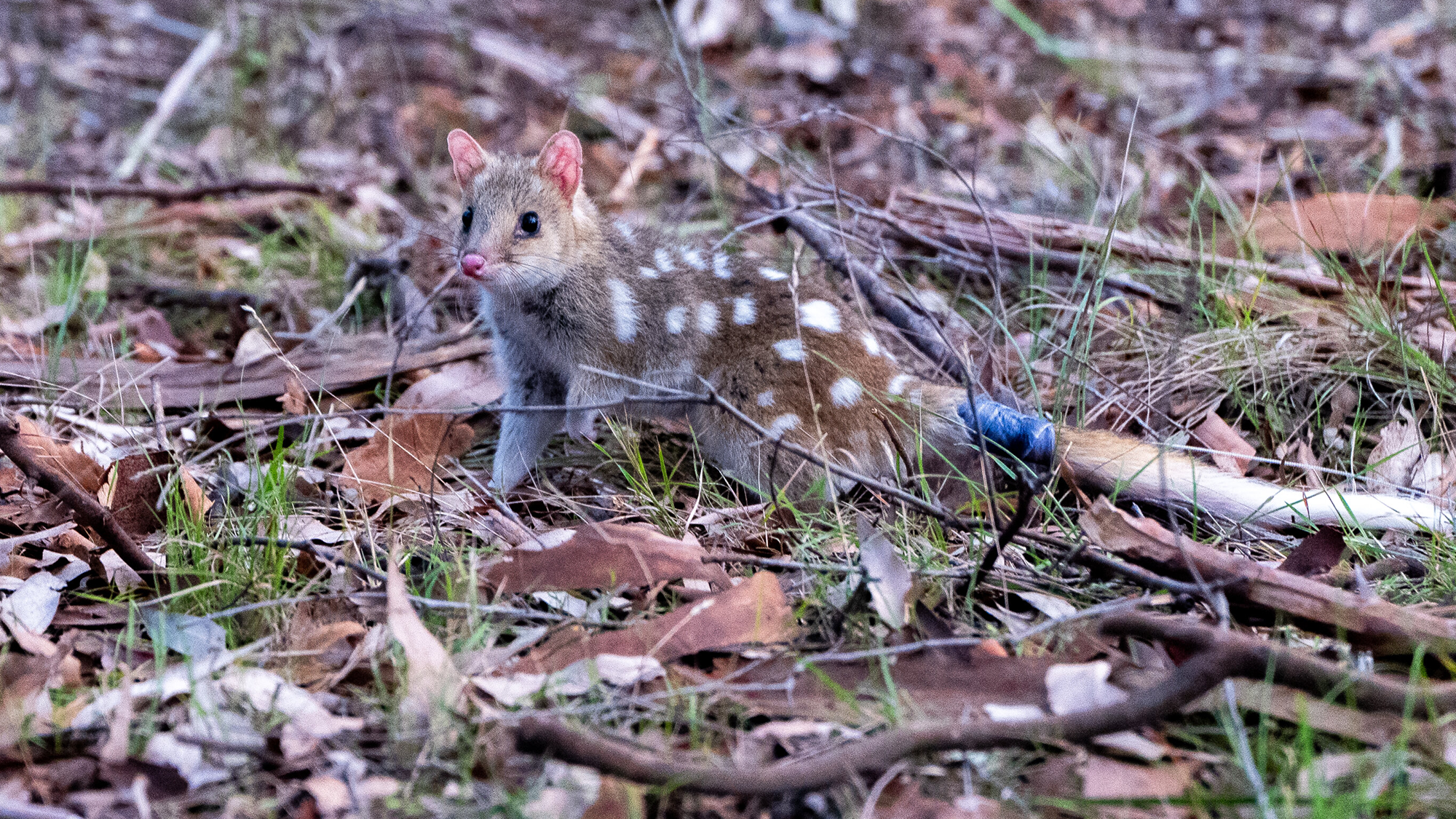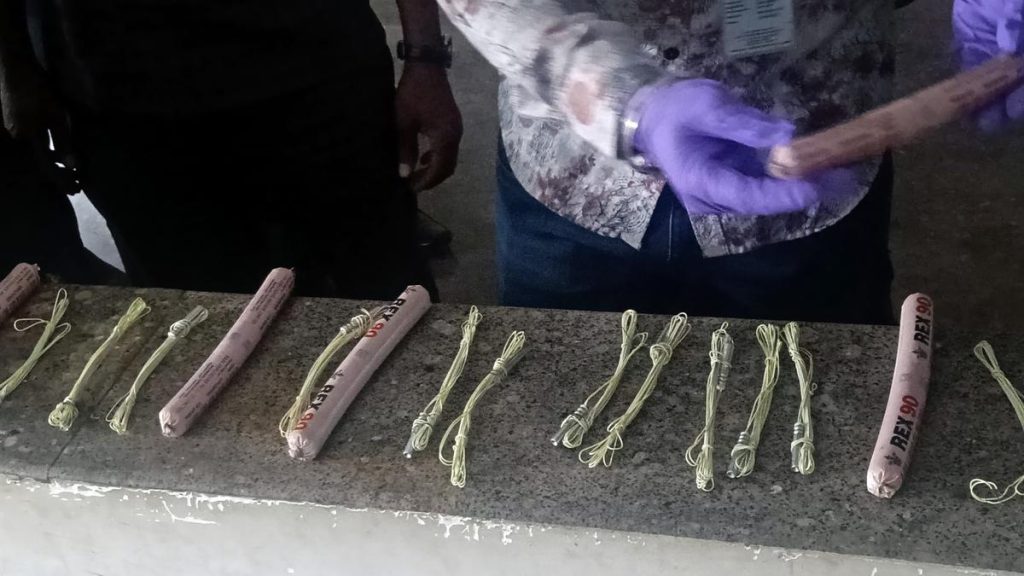Now Reading: Endangered Marsupials Reintroduced to Australian Bushland After 62 Years
-
01
Endangered Marsupials Reintroduced to Australian Bushland After 62 Years
Endangered Marsupials Reintroduced to Australian Bushland After 62 Years

Fast Summary
- Event: Release of 15 endangered eastern quolls into bushland at Bannockburn, near Nowra, New South Wales, Australia.
- Context: The species went extinct on the Australian mainland over 60 years ago due to disease,poisoning,and predation by foxes.
- Conservation Efforts: The release is part of a program managed by Aussie Ark and the university of Sydney for species rewilding. Ten of these quolls were bred at Barrington Wildlife Sanctuary.
- monitoring Methods: Advanced tracking technology (VHF radio transmitters and GPS tail transmitters) coupled with camera traps and cage trapping will be used for observation.
- Cultural Acknowledgment: Jerrinja tribal leader Ron Carberry conducted a Welcome to Country ceremony during the event, emphasizing links between Indigenous heritage and conservation efforts.
- Long-term Goals:
– Establish genetic metapopulation networks for demographic health across sanctuaries in southeastern New South Wales (SE NSW Eastern Quoll Hub).
– Deep scientific study on ecosystem roles that eastern quolls fulfill post-reintroduction.
!Image – Eastern Quoll
Eastern quolls primarily eat insects, small mammals, birds, and reptiles.CREDIT: University of Sydney/Aussie Ark.
!Image – Welcome Ceremony
Ron carberry releasing an eastern quoll into the bushland. CREDIT: Aussie Ark.
!Image – Eastern Quoll in Grass
An eastern quoll. CREDIT: Aussie Ark.
Indian Opinion Analysis
The conservation-driven reintroduction of the eastern quoll highlights key strides toward restoring biodiversity globally-a priority relevant not only to Australia but also to nations like India managing ecologically sensitive environments. Techniques such as genetic metapopulation management could offer lessons for India’s own wildlife initiatives addressing native species at risk from habitat loss or invasive threats.
Acknowledging cultural ties like Australia’s Welcome to Country aligns well with India’s emphasis on integrating Indigenous wisdom into environmental stewardship programs. Such initiatives may forge stronger partnerships among local communities while protecting endangered populations within shared landscapes.
From a scientific outlook, leveraging advanced tracking technologies mirrors India’s push toward smarter wildlife monitoring under schemes such as Project Tiger or efforts targeting leopards and lesser-known predator studies in reserves nationwide.
This release thus underscores potential cross-national learnings that emphasize coexistence between ecological recovery plans alongside cultural preservation strategies amidst rapid expansions in human activities worldwide.

























